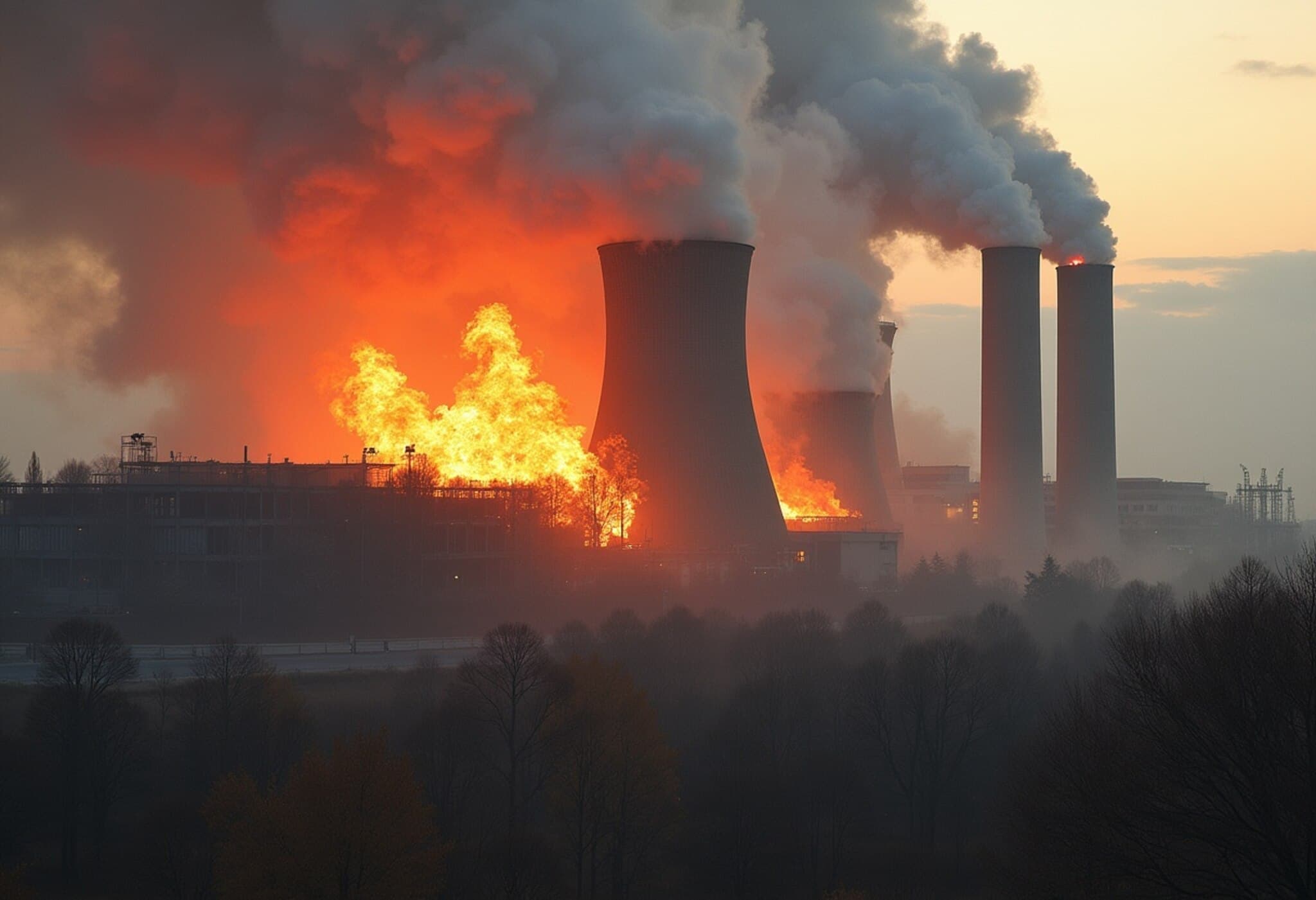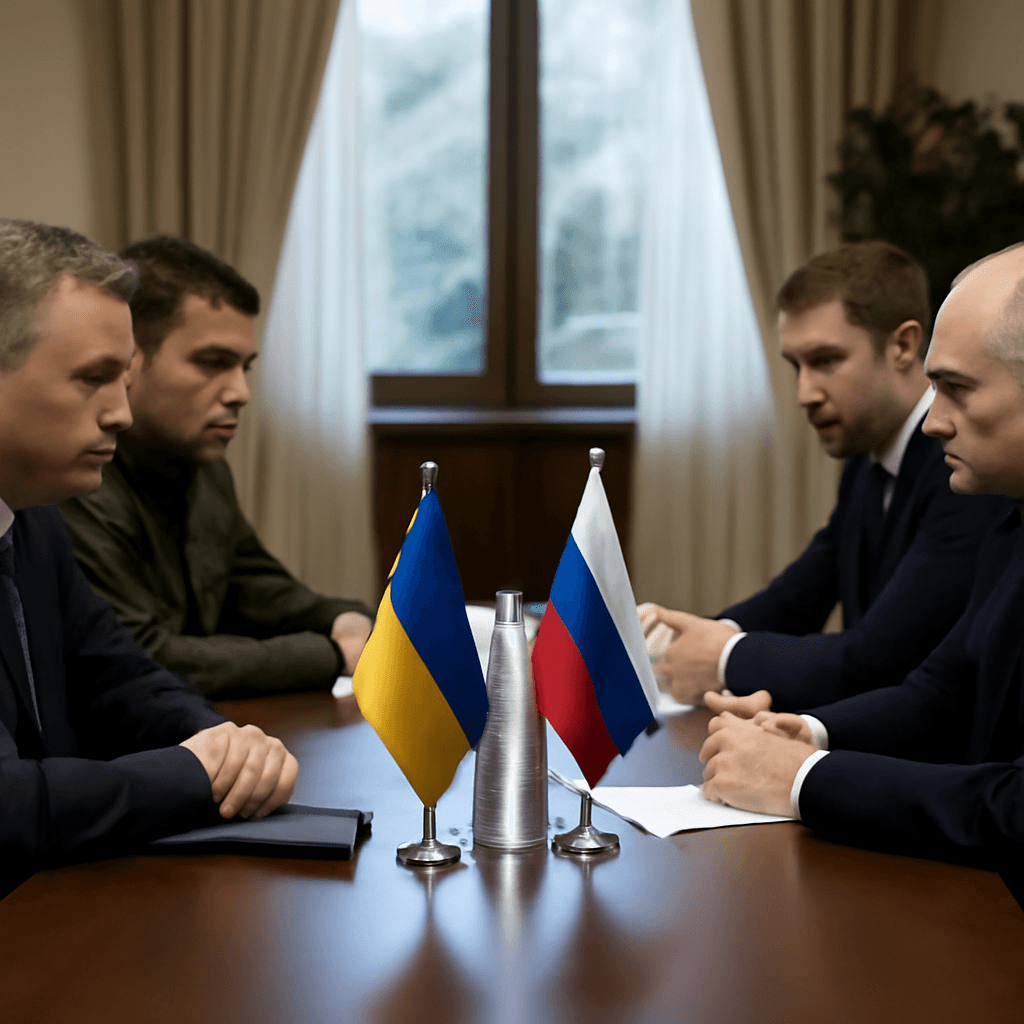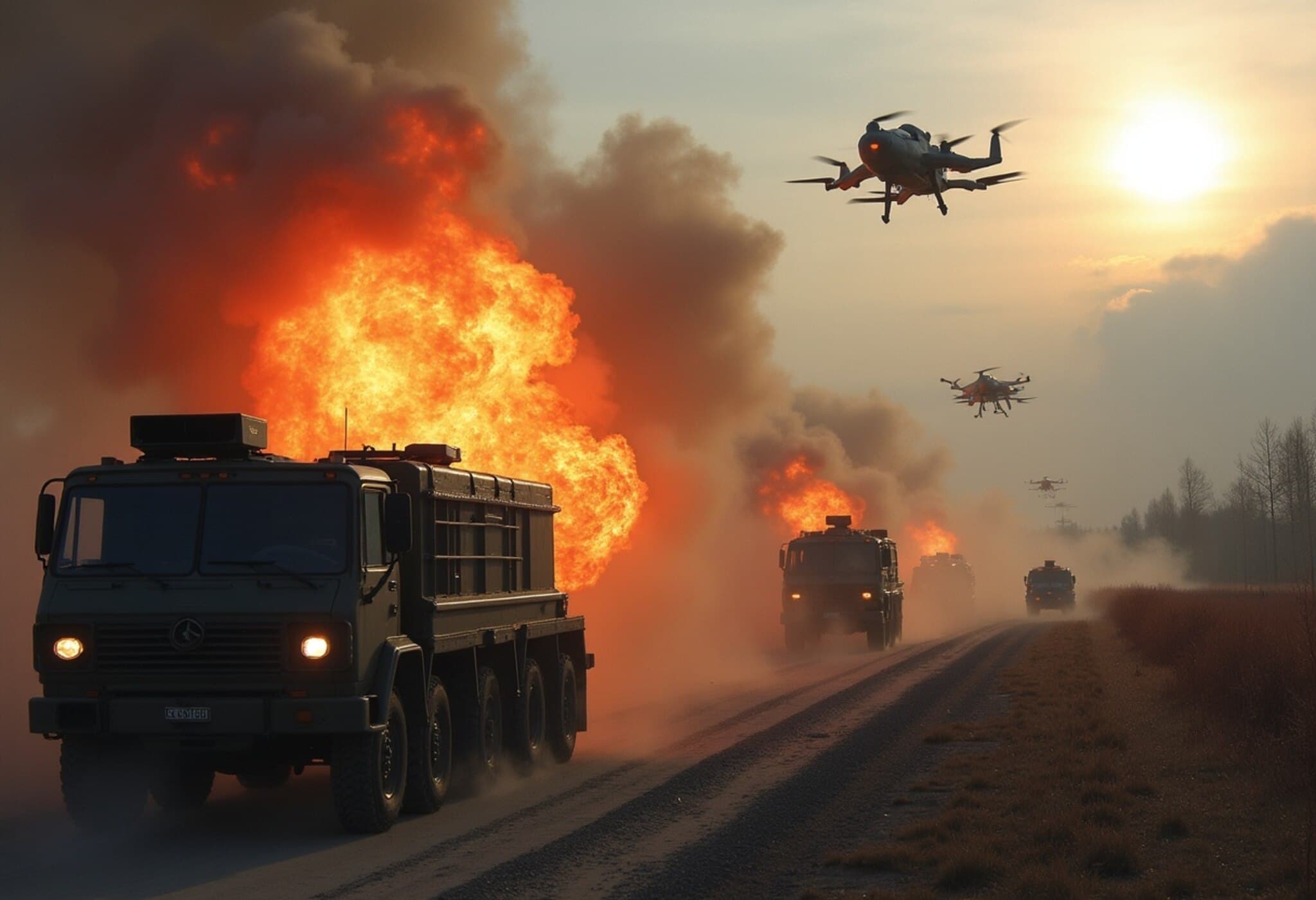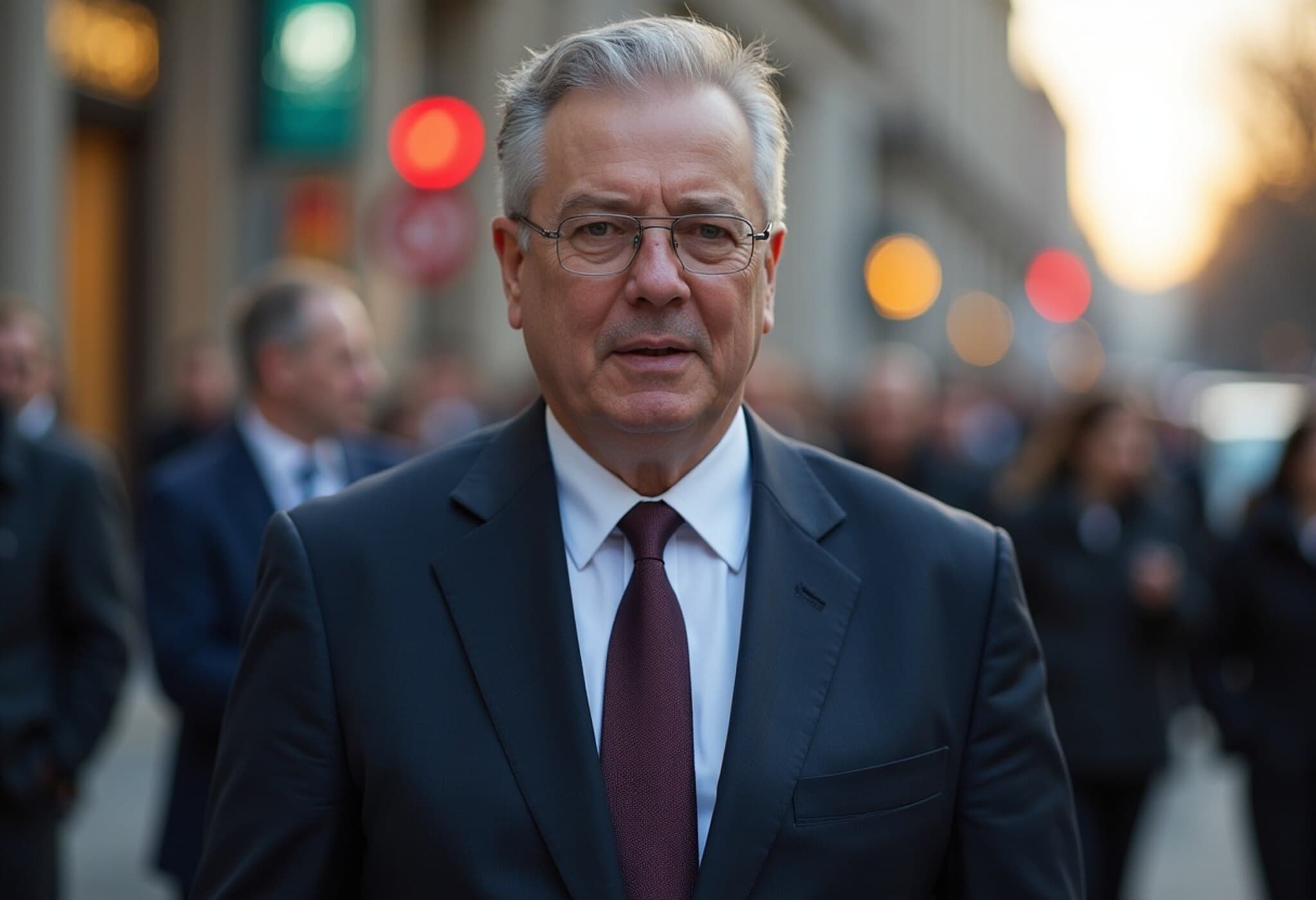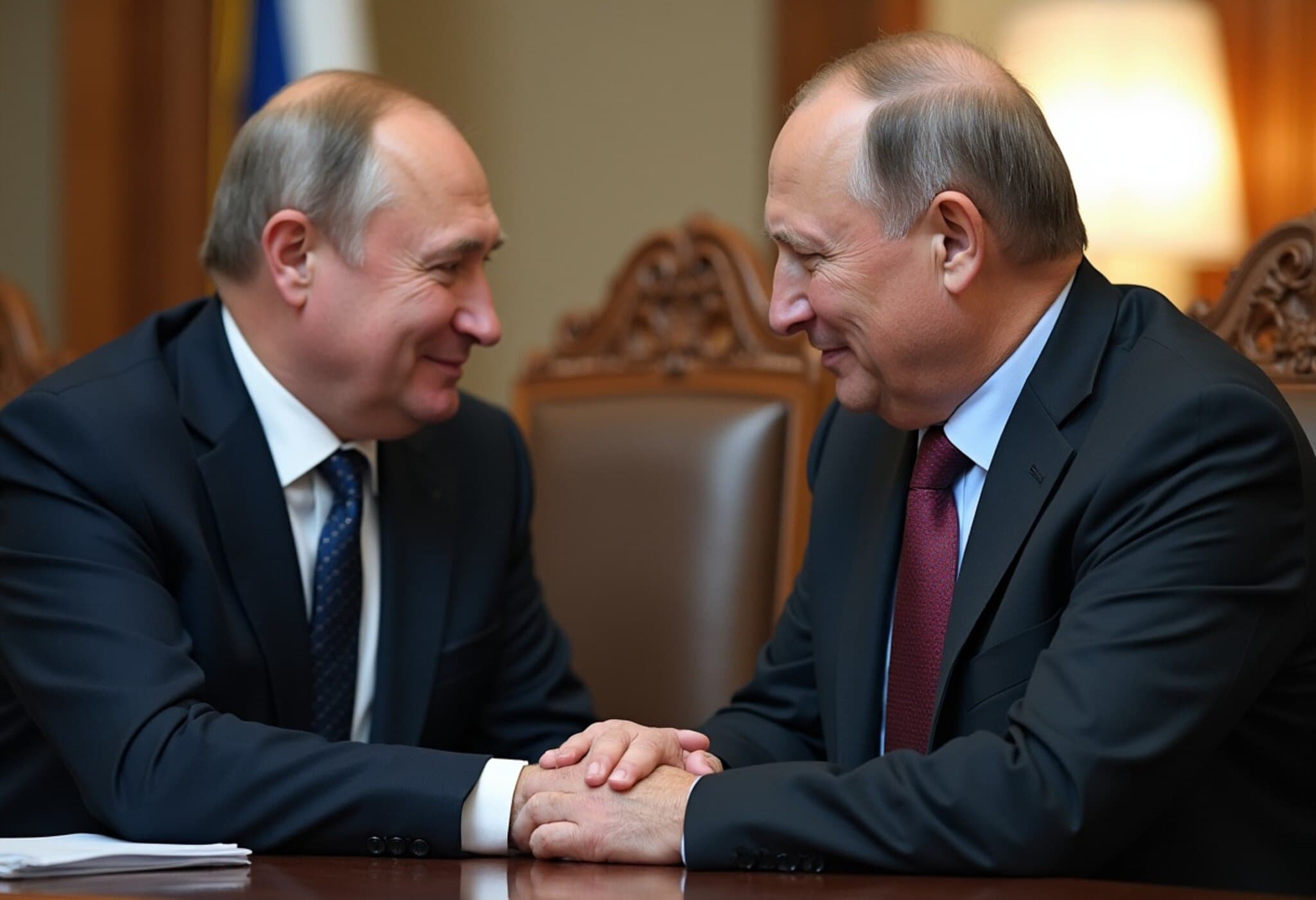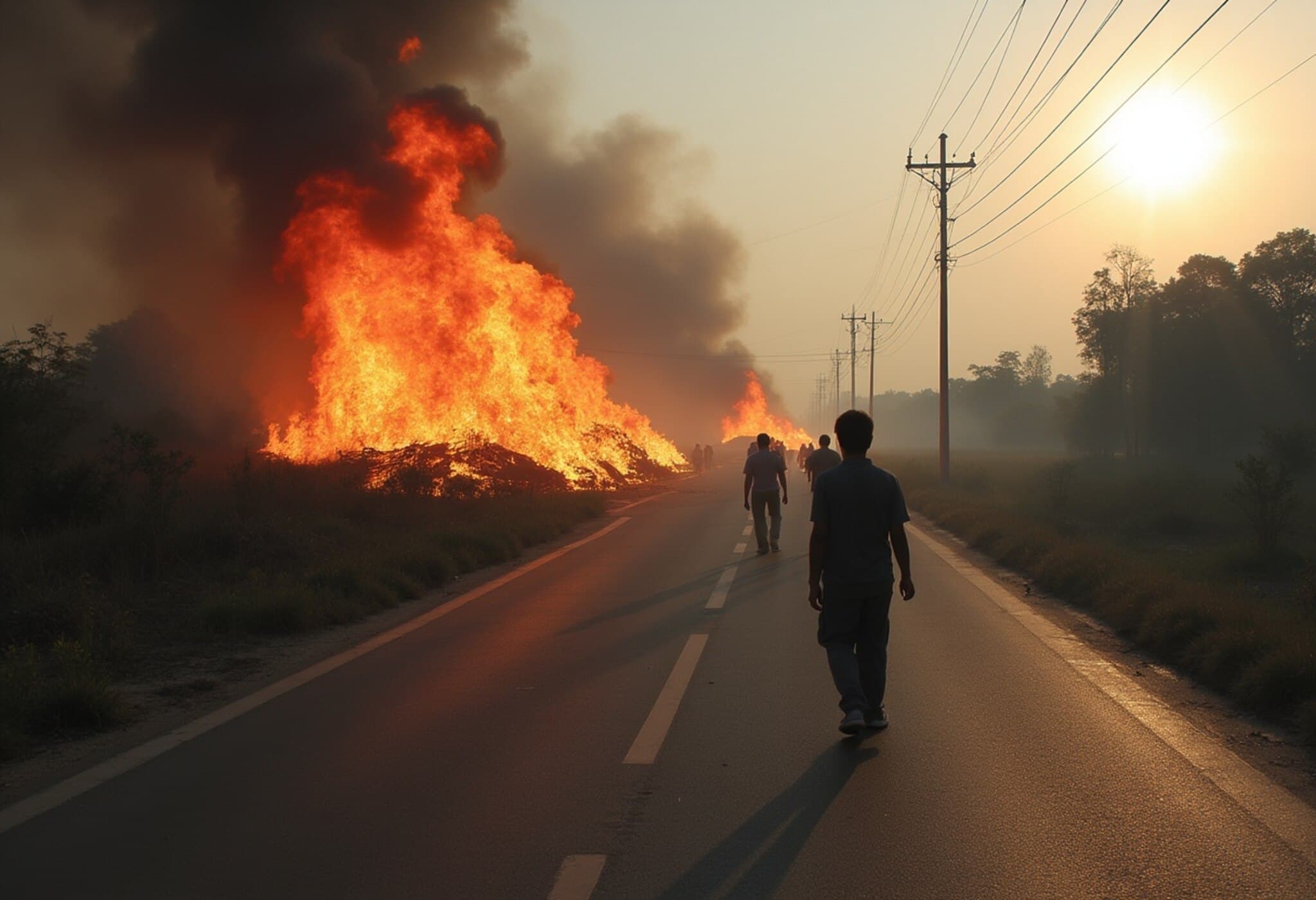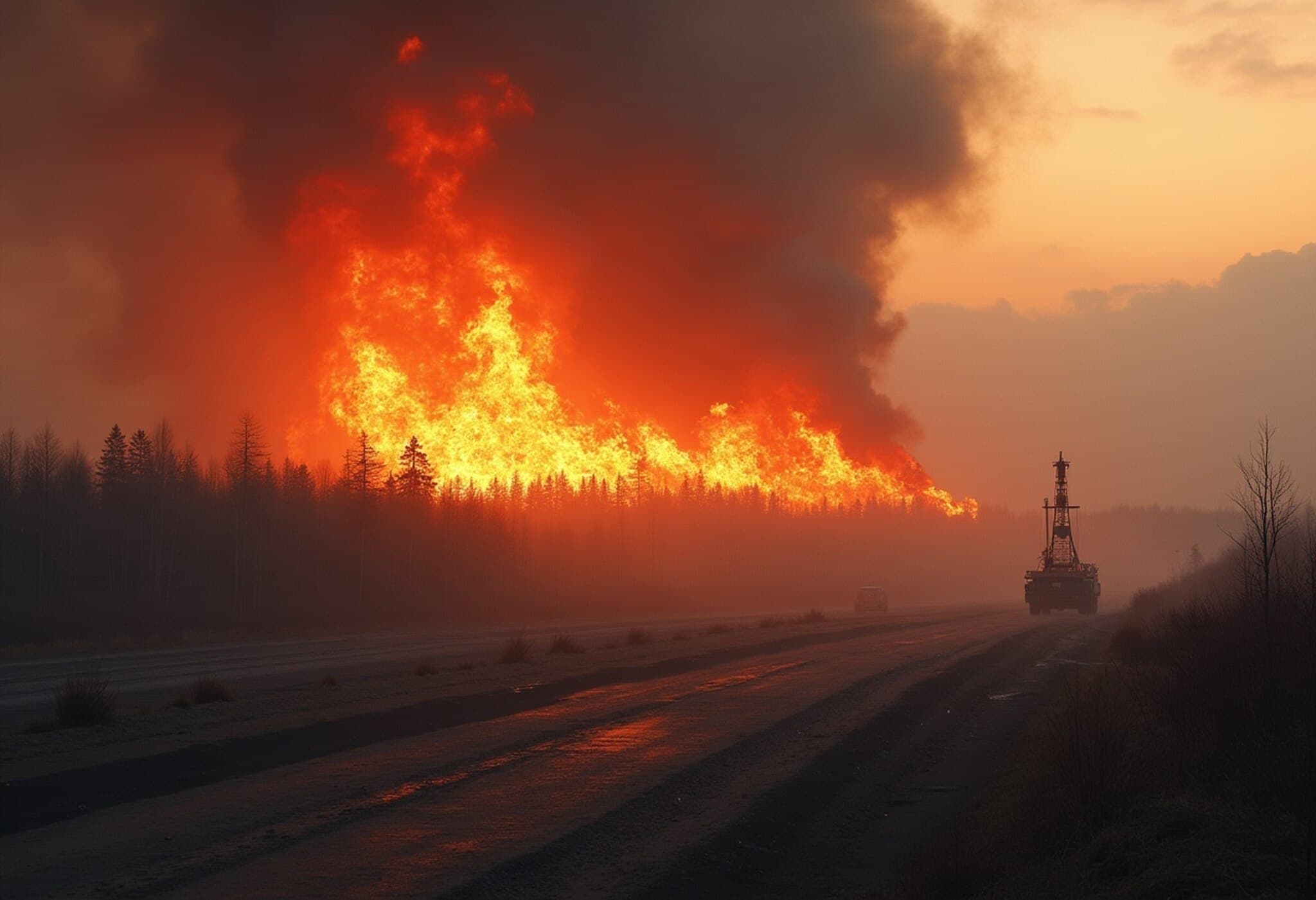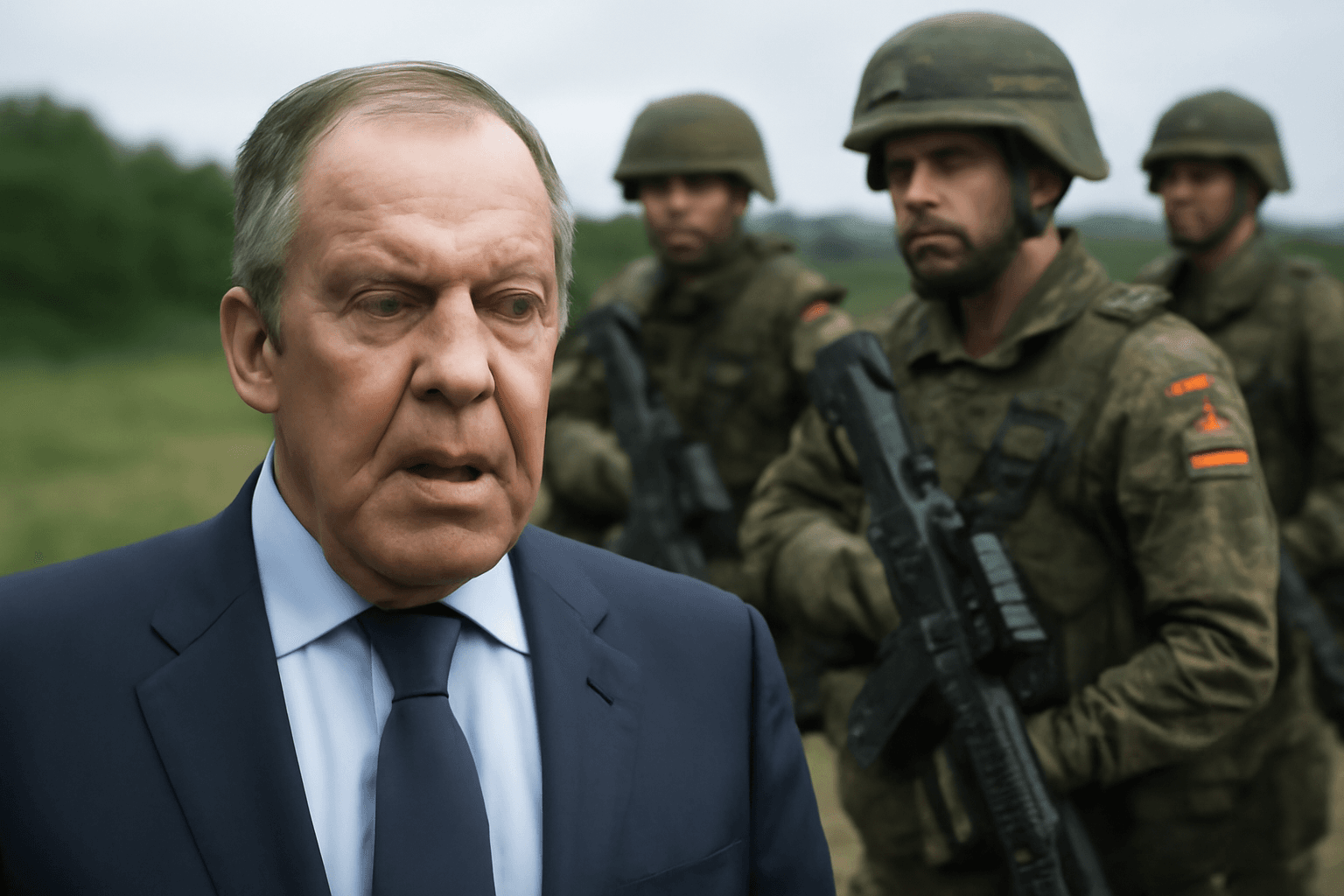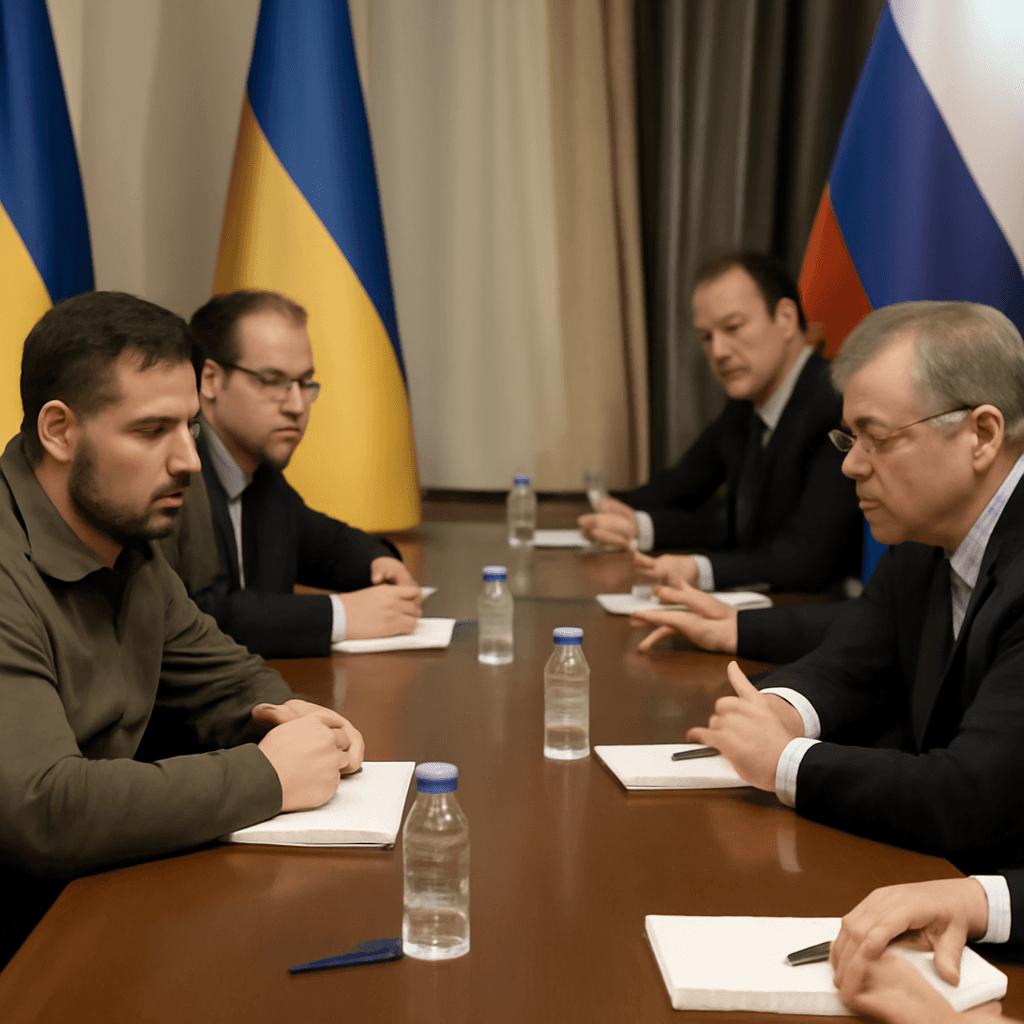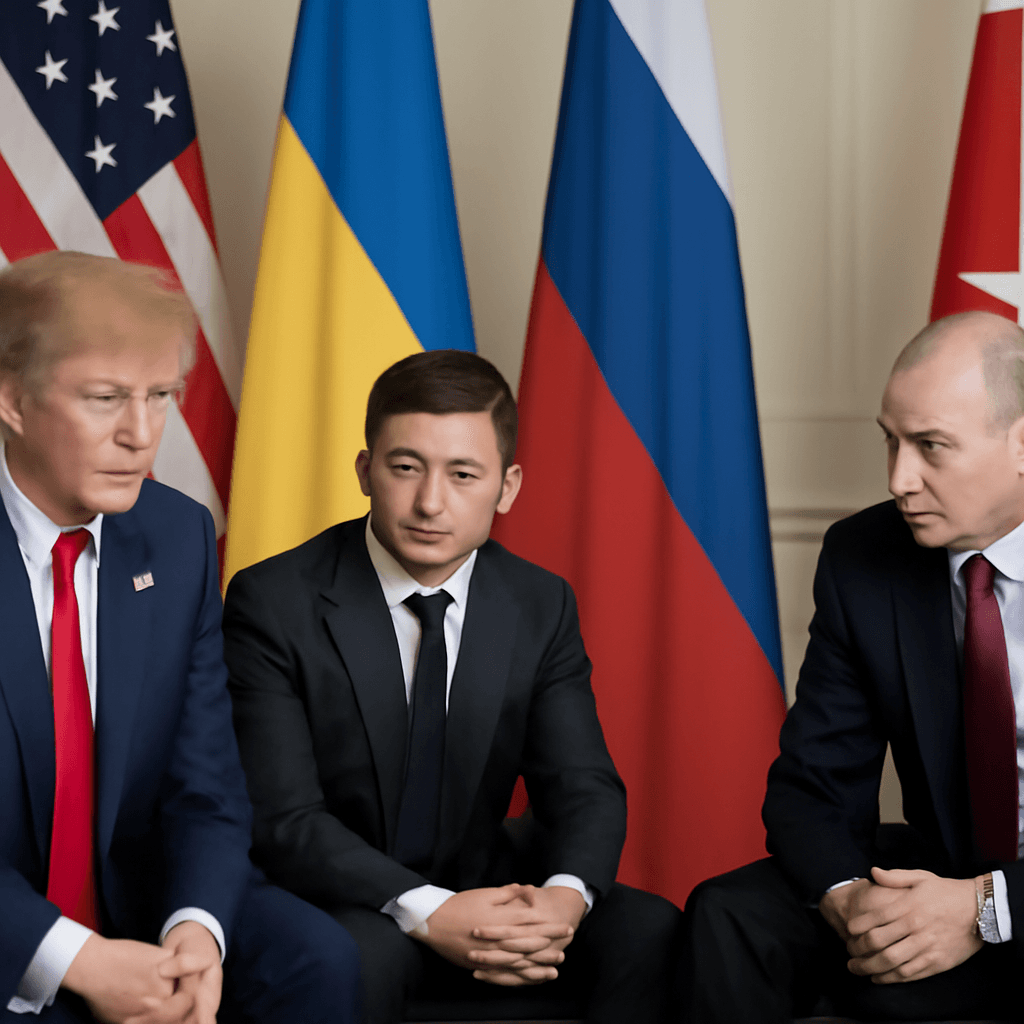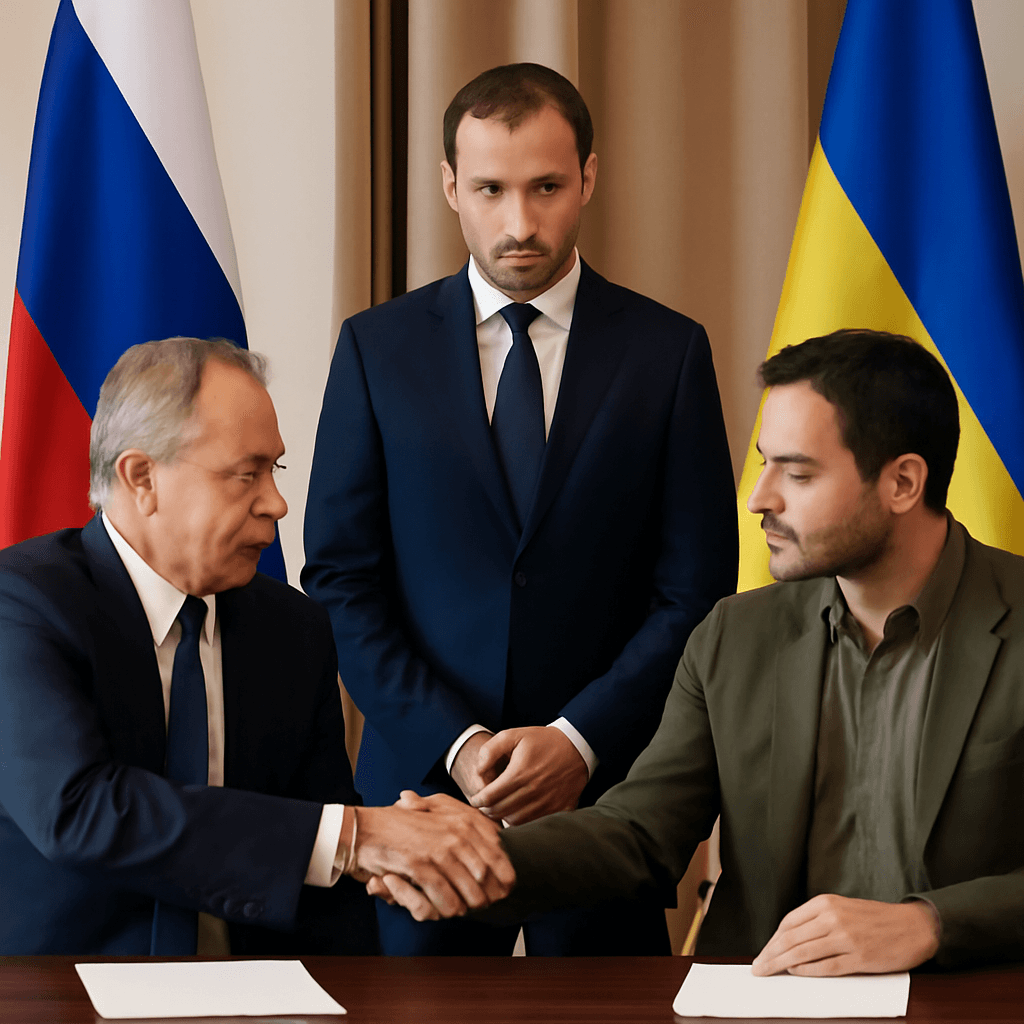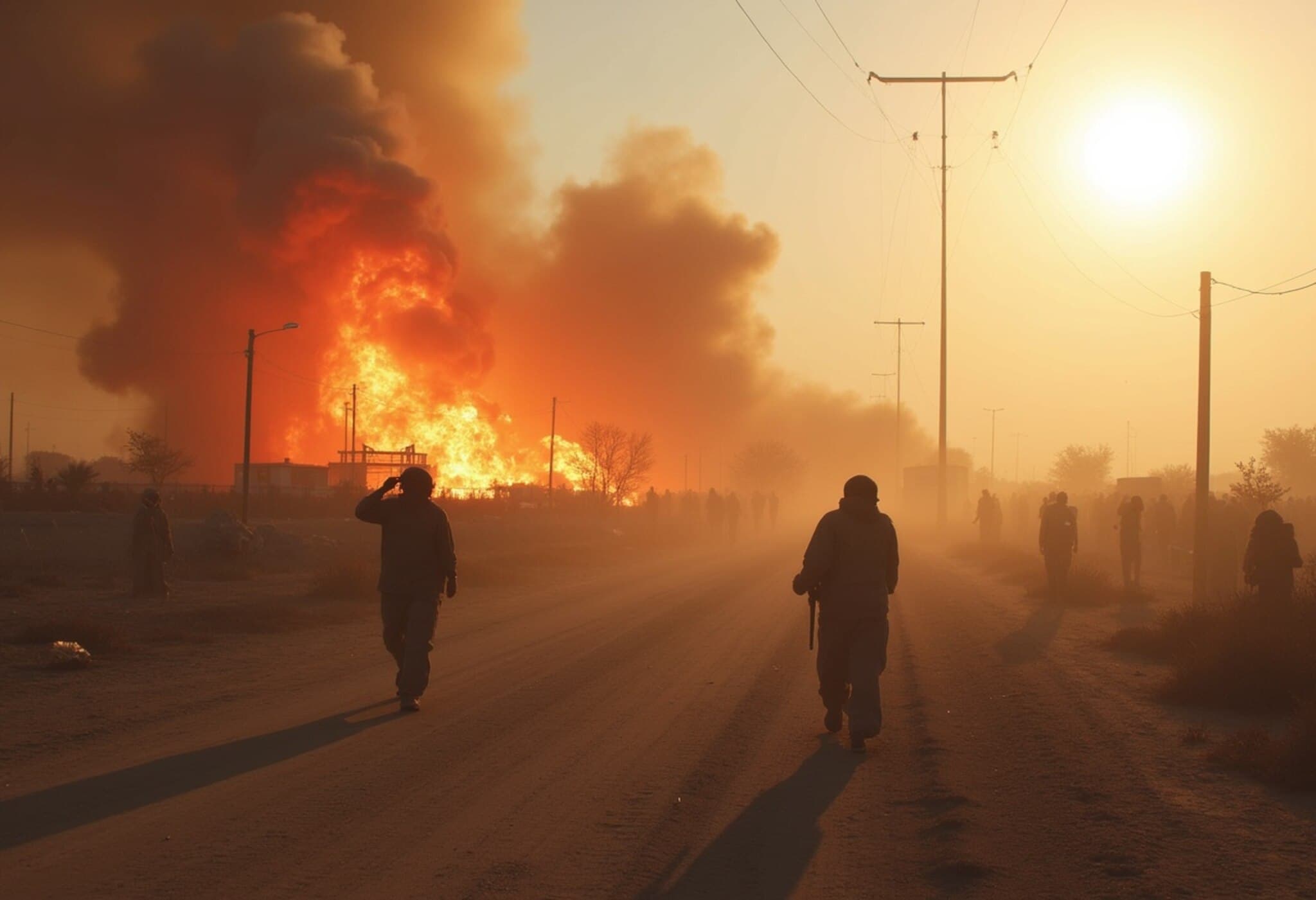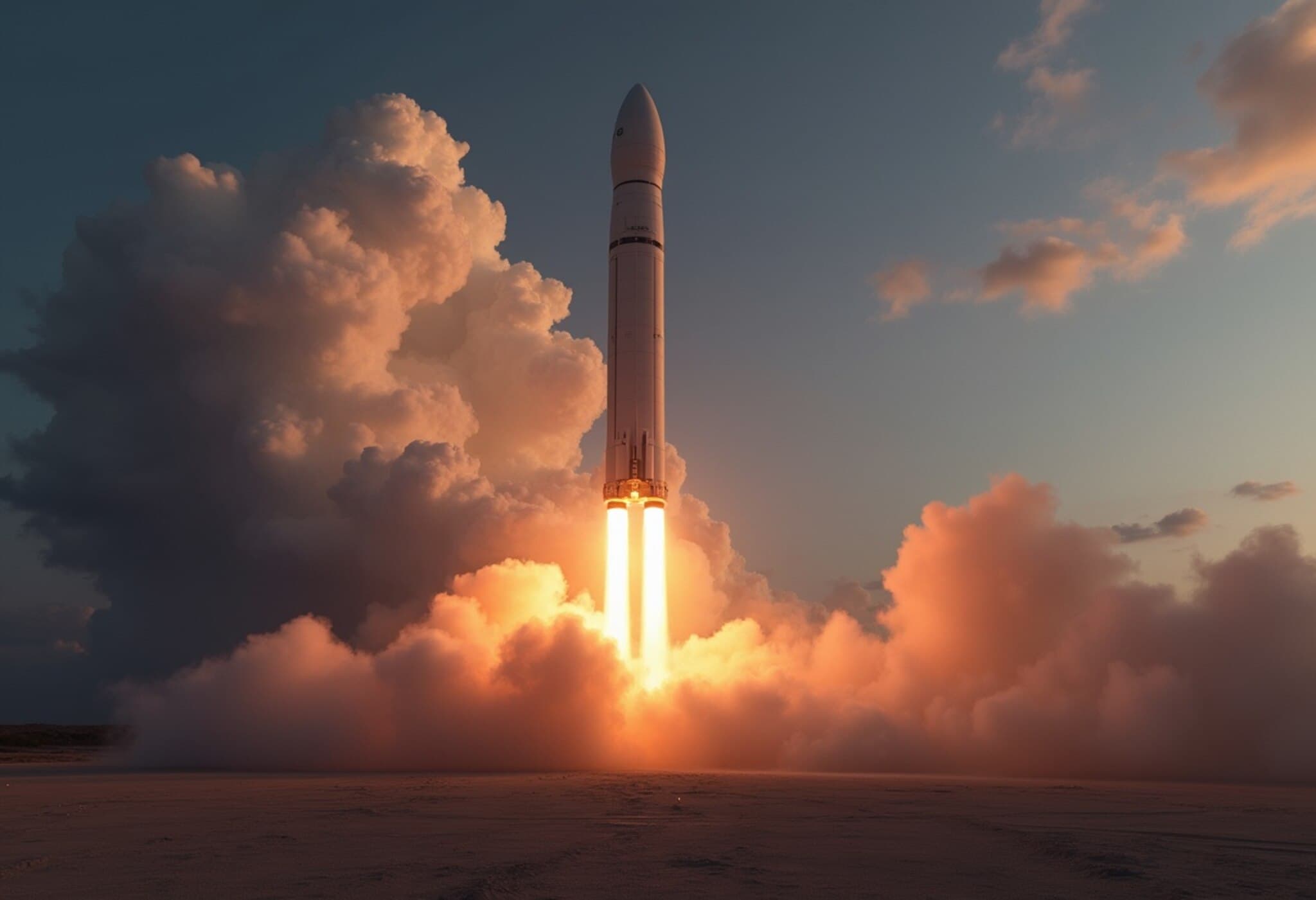Ukraine Accused of Drone Strikes on Kursk Nuclear Plant
On August 24, 2025, the day Ukraine celebrated its 34th anniversary of independence from the Soviet Union, tensions escalated sharply along the Russia-Ukraine border. Russian officials alleged that Ukrainian forces launched a series of drone attacks targeting multiple locations, including the Kursk nuclear power plant located approximately 60 kilometers from the border.
Moscow's authorities reported that one Ukrainian drone hit the Kursk plant, igniting a fire and damaging an auxiliary transformer. This caused one of the plant's reactors to reduce its power output by half. Despite the alarming nature of the attack, the fire was extinguished promptly with no casualties or changes in radiation levels detected, according to official statements.
International Atomic Energy Agency Confirms Safety
The International Atomic Energy Agency (IAEA) later confirmed that radiation readings around the Kursk plant remained within normal limits. However, the agency reiterated concerns about the dangers posed by armed conflict near nuclear facilities since Russia’s full-scale invasion of Ukraine began in 2022. The IAEA emphasized the critical importance of safeguarding nuclear infrastructure amidst ongoing hostilities.
Drone Warfare Intensifies Amid Independence Day Celebrations
Russia’s Ministry of Defence reported intercepting at least 95 drones across more than a dozen Russian regions on Sunday, highlighting the scale and reach of Ukraine’s drone campaign. Notably, some of these UAVs were intercepted far beyond frontline areas, including near St. Petersburg and the Leningrad region. A drone’s debris reportedly ignited a fire at the port of Ust-Luga, a key fuel export terminal, where about ten drones were countered according to the regional governor.
Ukraine has increasingly relied on drone technology to target Russian oil and fuel infrastructures—critical components that finance Moscow’s military operations. In response, Kyiv confirmed Russia launched a ballistic missile alongside 72 Iranian-made Shahed drones, with Ukrainian air defenses successfully downing 48 of them. Tragically, a Russian drone strike in the Dnipropetrovsk region resulted in the death of a 47-year-old woman.
Ground Combat and Political Messaging on Independence Day
On the ground, fighting continues to ebb and flow. Russian forces claimed the capture of two villages in the eastern Donetsk region on Saturday. In contrast, Ukraine’s Commander-in-Chief Oleksandr Syrskyi reported recapturing three villages in the same contested area, underscoring ongoing intense clashes crucial for future peace talks.
Addressing the nation during Independence Day celebrations, Ukrainian President Volodymyr Zelenskyy conveyed a powerful message: “This is how Ukraine strikes when its calls for peace are ignored.” He stressed the shared conviction of the US and Europe that, although Ukraine has not yet fully triumphed, it will undoubtedly not be defeated. Zelenskyy concluded, “Ukraine has secured its independence. Ukraine is not a victim; it is a fighter.”
Expert Perspective: The High Stakes of Drone Attacks Near Nuclear Facilities
Experts warn that drone strikes near nuclear plants introduce a precarious dynamic to an already volatile conflict. Any miscalculation or technical failure could lead to catastrophic environmental and humanitarian consequences far beyond the battlefield. The Kursk incident serves as a sobering reminder of the war’s expanding footprint into critical infrastructure and raises urgent questions about international mechanisms to prevent nuclear risks in conflict zones.
Furthermore, the extensive use of drones on both sides symbolizes a modern warfare paradigm, leveraging relatively low-cost but highly effective unmanned systems. This technological shift challenges traditional defense postures and demands rapid adaptation in air defense strategies—not only in Eastern Europe but globally.
Looking Ahead
As Ukraine presses on with its resistance against Russian advances, the international community grapples with balancing support for Ukrainian sovereignty and preventing broader escalation, especially concerning nuclear safety. Continued vigilance from global watchdogs like the IAEA remains crucial, while diplomatic efforts strive to curb the conflict’s devastating human and environmental toll.
The drone strike on the Kursk nuclear plant, although officially reported as controlled, underscores the intensifying peril of warfare near critical nuclear infrastructure. Readers should consider the broader implications of such attacks, not just on immediate military objectives but on global nuclear security and civilian safety. How can international bodies better enforce protections for nuclear sites amid modern hybrid warfare? And what does the growing reliance on drone technology reveal about the future of conflict? These pressing questions demand ongoing scrutiny as the war unfolds.

